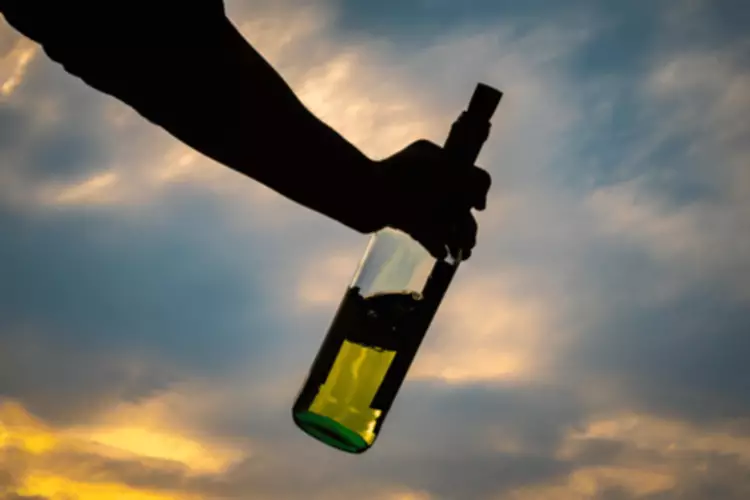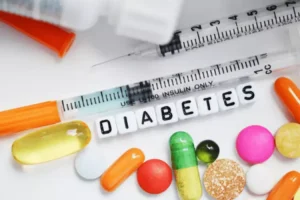
Obviously, this can decrease a person’s quality of life and be a hindrance to daily life and chores. Aside from physical repercussions, those who deal with rhinophyma can also face prejudice for their physical appearance. The eyes can also be affected by a specific type of rosacea known as ocular rosacea.
Find An Addiction Recovery Center Today.
With time, rosacea can worsen, and for people who drink alcohol heavily, this can mean developing rhinophyma. Because of this, people who drink a lot or increase their alcohol intake over time and also have rosacea may experience increased side effects — including alcoholic nose. A combination of medication and lifestyle changes can help manage the rosacea that leads to rhinophyma. The doctor may provide a topical cream that constricts the blood vessels to reduce redness.
Impact on Mental Health and Self-Esteem

A bulbous nose can be a side effect of the health condition rosacea. In the early stages of drinker’s nose, these symptoms will be mild to moderate in form. People who have rosacea may not develop rhinophyma until years later in life. This is a skin disorder called rhinophyma, which is a side effect of another type of skin condition called rosacea.
Sign Up & Get Our FREE Recovery Guide
- Rhinophyma causes the nose to become even more disfigured due to the progressive dilation of the nasal vessels as well as the involvement of cysts and pustules.
- Surgical therapy, along with topical treatments, are incredibly effective for helping return the nose to its original shape without harming the bone and cartilage structures.
- People with fair or light skin tone, or those with a family history of rosacea, are more likely to develop rhinophyma.
- More and more people are sober curious, toying with the notion of drinking less.
- Treatment for basal cell carcinoma usually involves surgery to remove the affected tissue.
If you have rosacea and struggle with alcohol use, you might be putting yourself at risk of experiencing more severe side effects of rosacea. There are many common misconceptions when it comes to rhinophyma. Of course, there are many snap judgments that people make when they see the physical effects of rhinophyma in person, especially in extreme cases. If you or someone you love is struggling with alcoholism, getting help as soon as possible is essential.
Alcohol use can worsen a red nose, also known as rhinophyma, but doesn’t cause it to occur. Some people become red-faced or flushed when they drink alcohol, and this is determined by ethnic background and genetics. When blood vessels burst, it makes the blood visible under the surface of the skin, leading to skin redness. In more severe cases, the nose and cheeks can take on a purple hue and start to become severely disfigured as they become more bulbous. It is because of this misunderstanding of rhinophyma and the effects of alcohol that it has been given nicknames like “whiskey nose” and “drinker’s nose”.

Rhinophyma: when Red Nose Day is no laughing matter
- Basal cell carcinoma is a slow-growing type of skin cancer that is not typically fatal.
- An alcoholic nose, often called a whiskey nose, drinker’s nose, gin nose, or gin blossom nose, is a common way to refer to a large purple-tinted nose.
- Alcohol addiction can lead to neglect of nutrition and hygiene and may lead to weight loss.
- Rosacea can often appear on the outside to be an acne outbreak or natural coloring on the cheeks.
Although alcohol use does not cause rhinophyma or rosacea, it can aggravate the condition. As many as two out of three patients with rosacea experience flare-ups when they consume alcohol. Alcohol aggravates symptoms of rosacea because drinking enlarges the body’s blood vessels.
Treatment that begins in the early stages may have the best results. According to the NRS, many people report improvement in their emotional well-being and professional and social interactions after they receive effective treatment. While there are no treatments that can completely reverse rhinophyma, medications and surgery can lessen the condition if caught in time. The longer rhinophyma goes without treatment, the more likely the condition will become permanent. The content on RehabNet.com is intended purely for informational and educational purposes.
People who may benefit from alcohol treatment programs may be deterred from taking initial steps in seeking treatment. They may be afraid they will feel shamed by other people’s judgments of alcohol abuse. The shoulders and chest are also susceptible alcoholic nose to looking more flushed or red after drinking alcohol. Until recently, doctors believed that rosacea and rhinophyma could be caused by alcoholism. Below are some of the most common physical indications that you or a loved one may have alcoholic nose.
Signs and symptoms

The prognosis of rhinophyma is variable, and patients should be aware of the pathophysiology of the condition and its link to the underlying rosacea. The condition may also produce problems with a person’s eyes and eyelids as well as vision problems. These symptoms are likely to occur on the bridge of the nose and the cheeks. In many cases, doctors are not able to definitively find the cause of rhinophyma. Although there are no direct stem causes of alcoholism and rosacea that meet at one point, there is a connection between them.
- However, more severe cases may require surgery to remove excess tissue.
- Now, does this mean that alcohol is completely unrelated to rhinophyma?
- Contact Zinnia Health today to learn more about our alcohol addiction treatment programs.
- However, many people who use alcohol heavily do not develop rosacea, and rosacea does often occur in people who do not drink alcohol or only use it in moderation.
- Because of this, heavy drinking can aggravate rhinophyma, causing an alcoholic nose.
Signs of Alcoholic Addiction and Misuse
Some people benefit from oral antibiotics, as well, or a drug for acne. While rhinophyma can affect anyone, it is more common in men over 30 with fair skin. Those with a family history of rosacea also increases the likelihood of developing rhinophyma (alcoholic nose). As mentioned previously, the best way to prevent rosacea flare-ups caused by alcohol consumption is to stop drinking alcohol. At Springbrook Behavioral Hospital, you can find the support you need to stop drinking for good. Earlier stages of rosacea can be confused with acne and other skin conditions.
